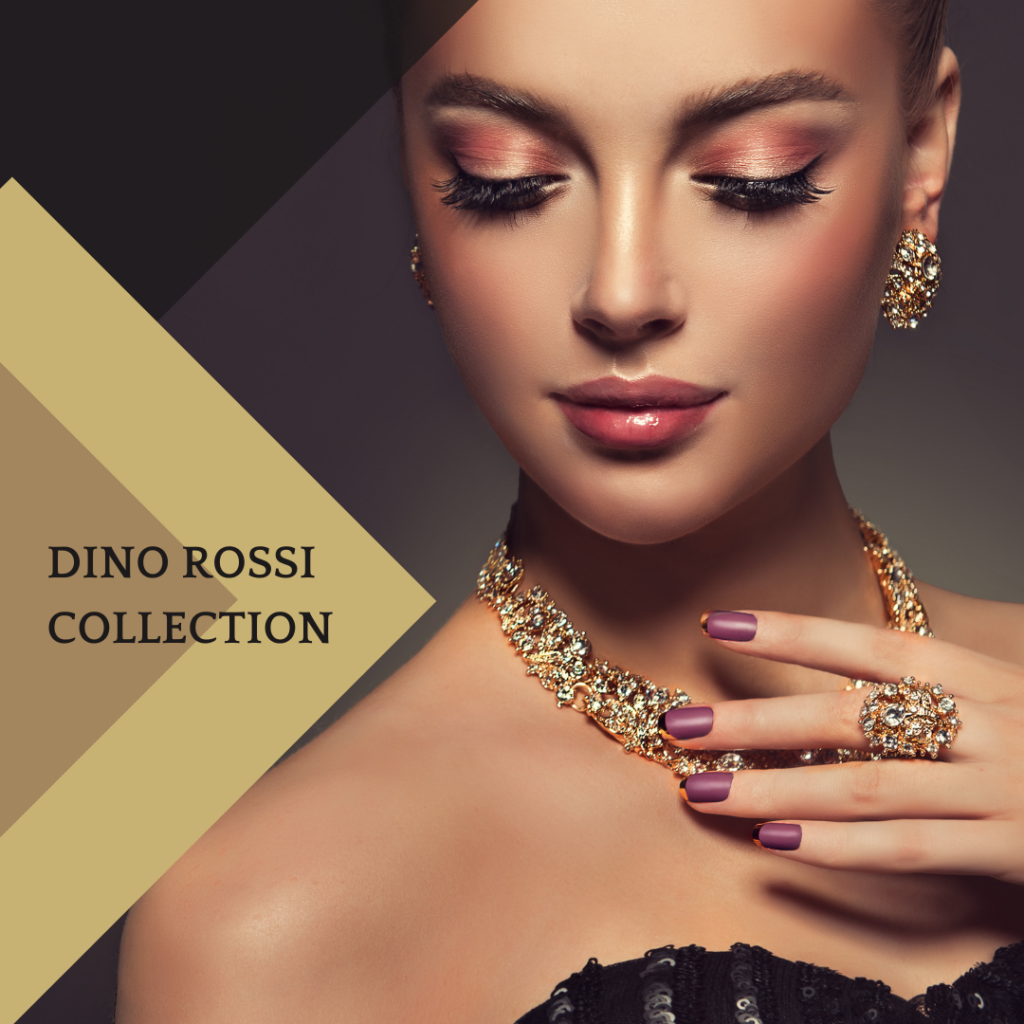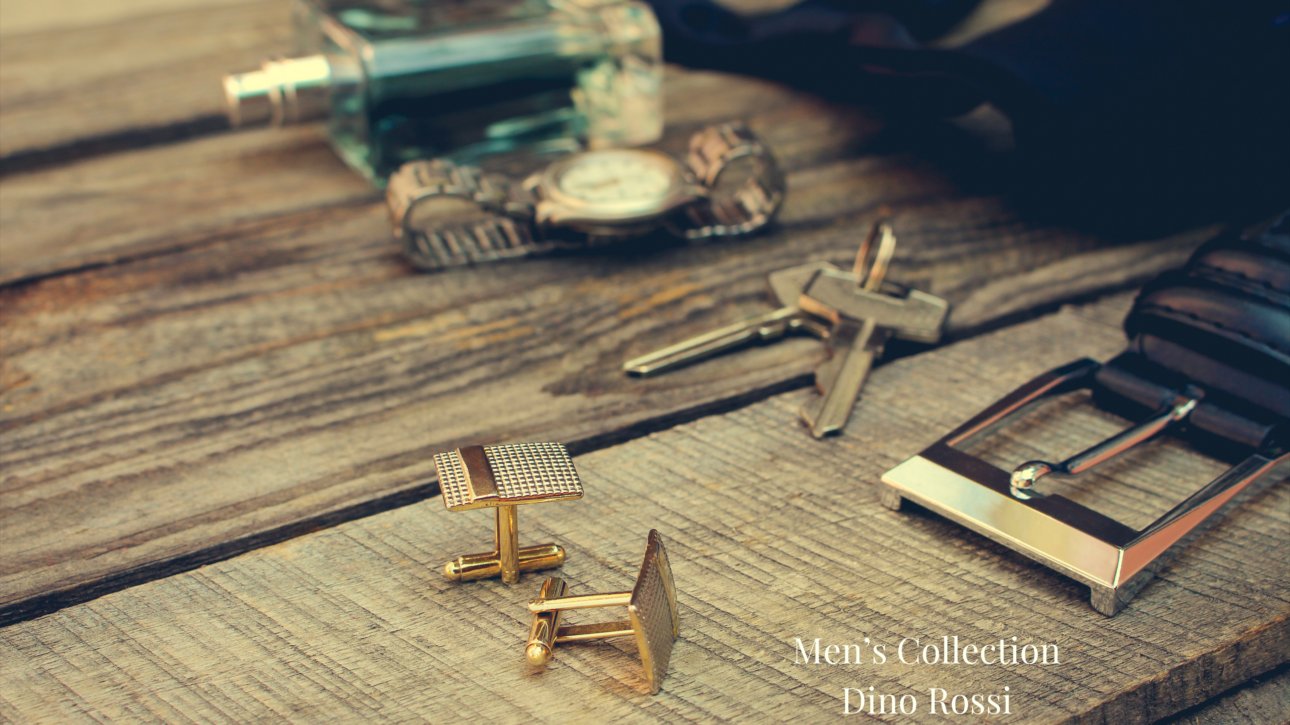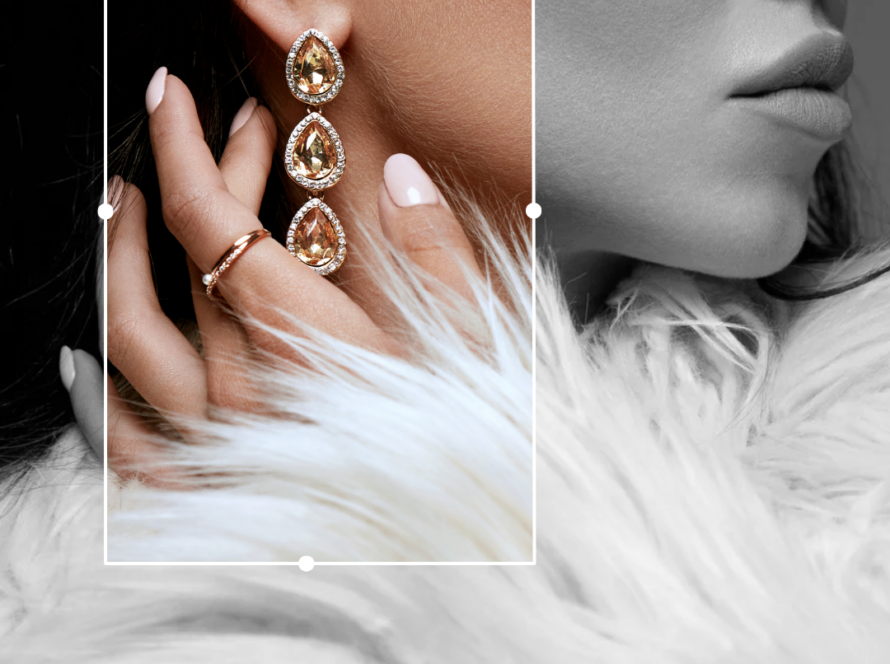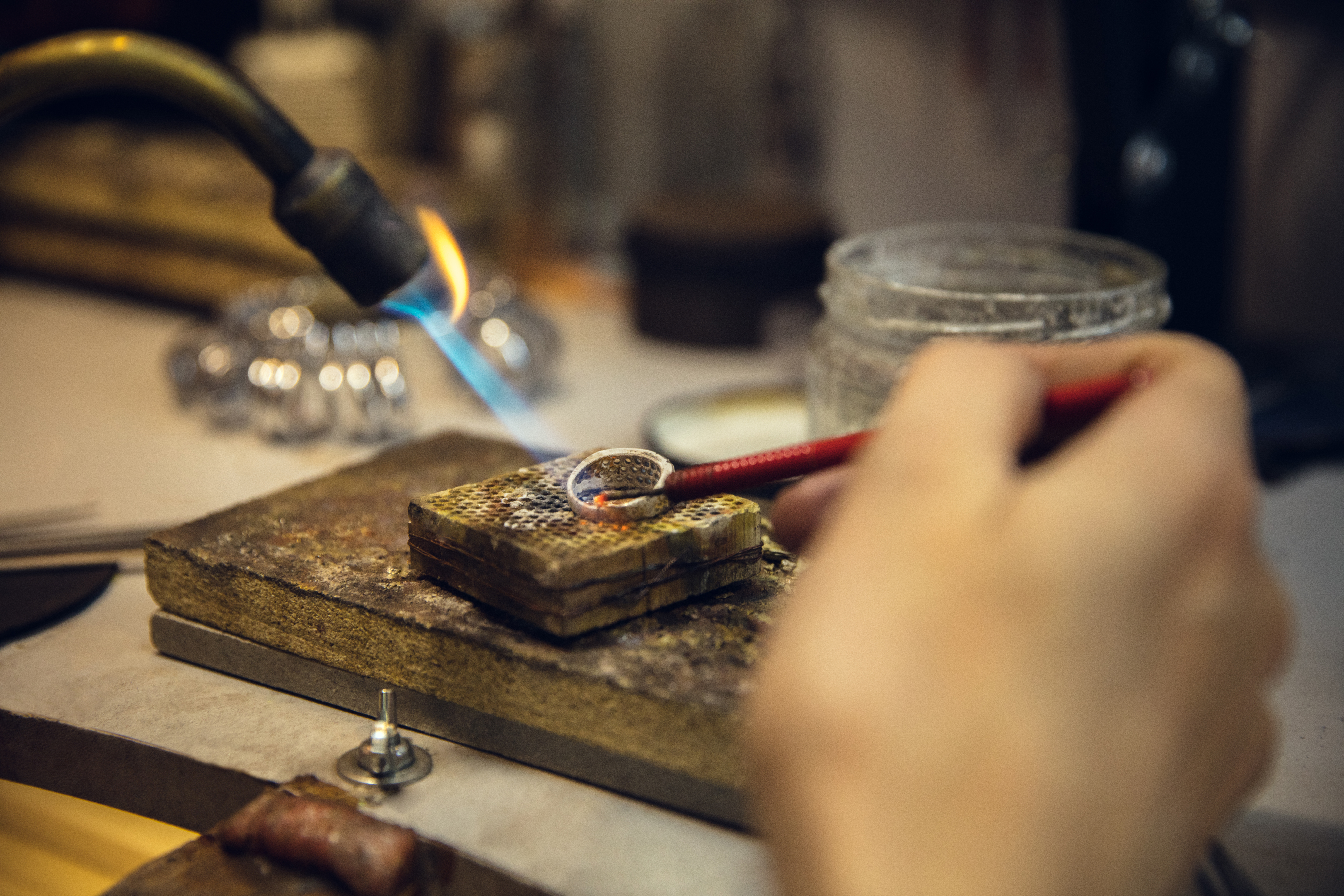Jewelry has adorned human bodies for thousands of years, serving as more than mere decoration. It is a universal form of self-expression, a status symbol, and a cultural tradition. But what drives people to wear jewelry? From ancient civilizations to modern society, psychology offers fascinating insights into the enduring allure of these precious ornaments.
1. The Desire for Identity and Self-Expression
Jewelry acts as an extension of one’s personality. A person wearing a bold, colorful necklace might be perceived as outgoing, while someone with minimalist gold studs may signal subtle elegance. According to psychologists, people often use jewelry to project their identity, making a statement about who they are or aspire to be.
For instance, gemstones like diamonds and emeralds can convey a sense of luxury or prestige, while handmade or vintage pieces may indicate an appreciation for uniqueness and history. The choices we make in selecting jewelry reflect our values, emotions, and the image we wish to present to the world.
2. Cultural and Social Significance
Throughout history, jewelry has held immense cultural value. In many societies, it signifies marital status, religious affiliation, or even tribal membership. In Indian culture, for example, wearing gold is deeply tied to tradition, symbolizing prosperity and divine blessings. Similarly, wedding rings are a near-universal sign of commitment and love.
The psychological pull of jewelry stems from its ability to connect us with our heritage and social identity. Wearing culturally significant pieces fosters a sense of belonging and pride, reinforcing one’s place within a community.
3. Symbolism and Emotional Connection
Jewelry often carries sentimental value, making it more than a physical object. Heirlooms passed down through generations become symbols of family history and love. Engagement rings or friendship bracelets embody emotional bonds, serving as tangible reminders of meaningful relationships.
From a psychological perspective, humans are drawn to symbols that evoke feelings of connection and continuity. The act of wearing a cherished piece can boost one’s mood and provide a sense of security or comfort.
4. Boosting Confidence and Attractiveness
Jewelry can significantly enhance self-confidence. When you wear an accessory that complements your style, it elevates your appearance and makes you feel good about yourself. This effect is deeply rooted in psychology; looking good often leads to feeling good.
Additionally, jewelry’s aesthetic appeal plays into our primal instincts. Gold, for instance, has a warm glow that mimics sunlight, naturally attracting the human eye. Similarly, sparkling gemstones tap into our innate appreciation for beauty and symmetry, which are often associated with health and vitality.
5. Status and Prestige
From ancient Egyptian pharaohs to modern-day celebrities, jewelry has been a symbol of wealth and power. Psychologists suggest that humans have an inherent desire to showcase their achievements and social standing, and jewelry serves as a visible marker of success.
In today’s world, wearing a luxury watch or designer earrings can signal financial stability or refined taste. This psychological aspect of jewelry is tied to our need for recognition and admiration from peers.


According to psychologists, people often use jewelry to project their identity, making a statement about who they are or aspire to be.
6. The Power of Ritual and Tradition
Many people associate jewelry with life milestones—birthdays, anniversaries, graduations, and weddings. The act of gifting or receiving jewelry becomes part of a cherished ritual. These rituals create lasting memories and strengthen interpersonal bonds.
For example, giving a child their first piece of jewelry often marks a transition into adulthood in various cultures. The psychological significance lies in the sense of tradition and continuity that such practices instill.
7. Stress Relief and Comfort
Jewelry can also serve as a form of stress relief. Fidget rings or bracelets, for instance, are designed to help reduce anxiety. Psychologists explain that the repetitive motion of playing with a piece of jewelry can have a calming effect on the mind.
Even unconsciously, people tend to touch or adjust their jewelry during moments of nervousness or contemplation. This tactile interaction provides a small but effective coping mechanism for stress.
8. A Window into Aspirations
People often buy jewelry as a reward for achieving a personal goal. Whether it’s a promotion at work, a fitness milestone, or simply saving up for something special, jewelry represents a tangible acknowledgment of success. This aligns with the psychological concept of “self-affirmation,” where celebrating achievements reinforces positive behavior and motivation.
Similarly, aspirational jewelry—pieces one hopes to own in the future—reflects our dreams and ambitions. Owning a luxurious item can symbolize the fulfillment of aspirations and a marker of progress in life.
9. The Impact of Marketing and Trends
Psychologists also point to the influence of societal trends and advertising in shaping our desire for jewelry. Marketing often creates an emotional narrative around a piece, linking it to love, success, or adventure. This taps into our subconscious, making the jewelry feel indispensable to achieving these ideals.
Fashion trends further amplify this desire. When celebrities and influencers showcase specific styles, it triggers a psychological phenomenon known as “social proof,” encouraging others to emulate them.
10. Timeless Appeal
Ultimately, jewelry’s enduring charm lies in its ability to adapt to the times while retaining its essence. It connects the past with the present, blending personal expression with universal human desires for beauty, connection, and meaning.

Jewelry is more than a decorative accessory; it is a profound psychological tool that speaks to who we are and what we value. Whether chosen for its beauty, cultural significance, or emotional meaning, the allure of jewelry will undoubtedly continue to captivate and inspire generations to come.





